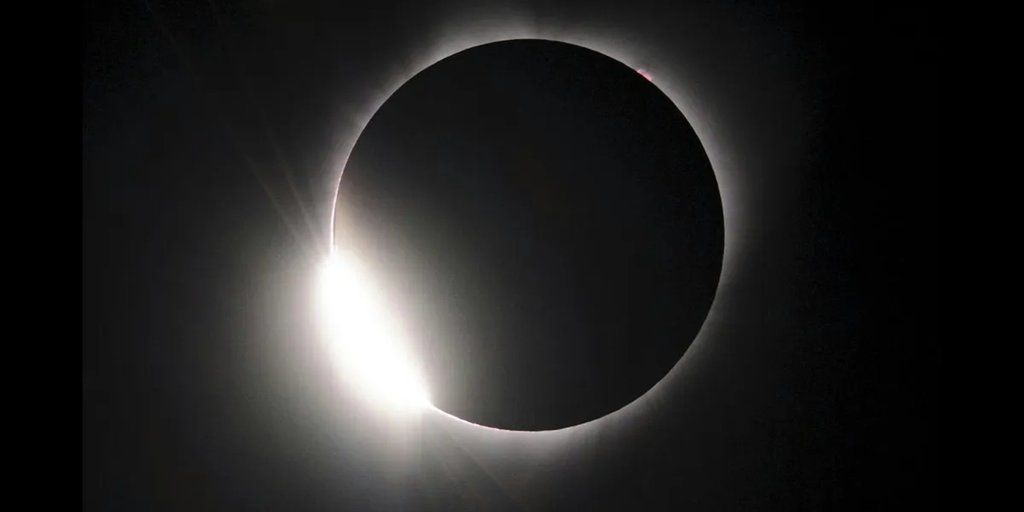Understanding Ancient History Through Solar Eclipses
The Fascination with Eclipses
Total solar eclipses have fascinated humanity for centuries, often seen as mysterious or even ominous events. Today, we understand that a total solar eclipse occurs when the moon moves between the Earth and the sun, completely blocking the sun's light for a brief period. These events are predictable, allowing scientists to use them as tools to date historical events accurately.

Eclipses as Historical Markers
Researchers use records of total solar eclipses to pinpoint dates of significant events in ancient history. Since eclipses are rare and occur at specific times and locations, they serve as precise chronological markers. For instance, ancient texts or inscriptions describing a solar eclipse can be matched with astronomical data to identify the exact date it occurred. One notable example is an eclipse mentioned in Chinese texts, which helped determine the start of King Yi's reign.
